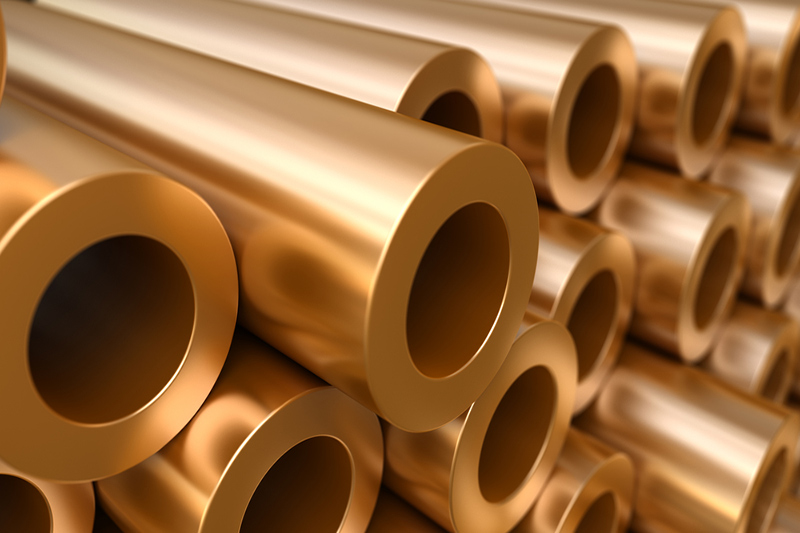Investing.com - Copper prices bounced off a two-week low hit during the previous session on Tuesday, while gold and silver prices rebounded from Monday's rout, as investors returned to the market to seek cheap bargains.
Copper for September delivery on the Comex division of the New York Mercantile Exchange tacked on 2.8 cents, or 1.13%, to trade at $2.510 a pound during European morning hours.
A day earlier, copper fell to $2.465, the weakest level since July 8, before closing at $2.481, down 1.4 cents, or 0.58%, as a broadly stronger U.S. dollar and expectations of higher interest rates in the U.S. weighed.
Concerns over the health of China's economy and a subsequent slowdown in demand also weighed. The Asian nation is the world’s largest copper consumer, accounting for almost 40% of world consumption last year.
Elsewhere, gold futures for August delivery inched up 50 cents, or 0.05%, to trade at $1,107.40 a troy ounce, while silver futures for September delivery rose 5.9 cents, or 0.4% to trade at $14.81 an ounce.
A day earlier, gold plunged to $1,080.00, a level not seen since February 2010, before recovering to close at $1,106.80, down $25.10, or 2.22%.
Gold suffered most of its losses on Monday in a matter of minutes during early morning hours in Asia, as a bout of technical selling kicked in after prices broke below key support levels, triggering fresh sell orders amid bearish chart signals.
Prices of the precious metal have been under heavy selling pressure in recent weeks amid speculation the Federal Reserve will raise interest rates for the first time in eight years as early as September.
Gold, which yields nothing and costs money to hold, is seen as a less attractive investment during times of rising interest rates.
The dollar index, which measures the greenback’s strength against a trade-weighted basket of six major currencies, was last at 98.17 after hitting a seven-week high of 98.30 earlier.
The greenback remained in demand amid rising bets that a rate hike is coming in September.
A stronger dollar saps demand for raw materials as an alternative investment and makes metals priced in the currency more expensive in terms of other monies.
